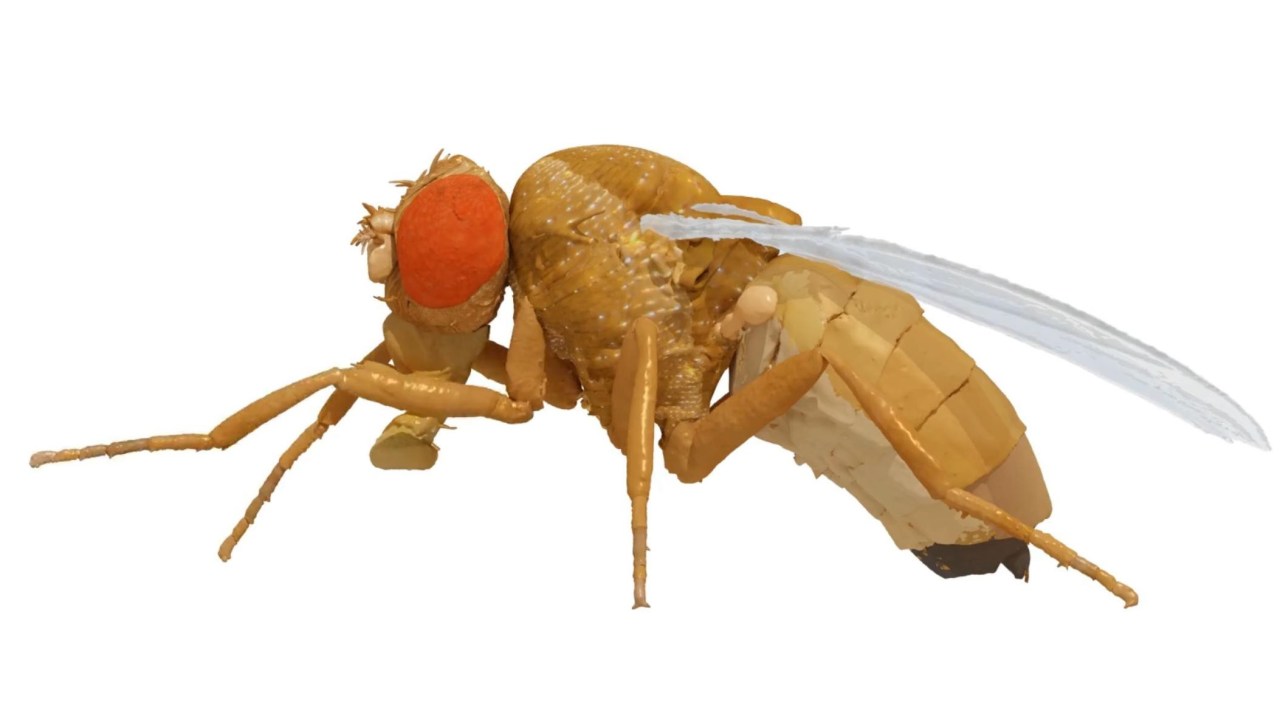In the complex realm of biological research, few organisms have captured the attention of scientists as much as the common fruit fly, Drosophila melanogaster. While these tiny creatures are often overlooked due to their size, they serve as invaluable subjects in the study of genetics, behavior, and evolution. With the introduction of NeuroMechFly, a cutting-edge simulation model from the École Polytechnique Fédérale de Lausanne (EPFL), researchers have taken a significant leap in understanding the intricate movements and behaviors of these fascinating insects.
What is NeuroMechFly?
NeuroMechFly is a sophisticated digital twin of the fruit fly, meticulously designed to mimic its movements and responses. This biomechanical model arose from the need to explore not only the physical mechanics of the fly but also how these mechanics interact with their environment. Unlike previous models, which often focused on minute cellular simulations, NeuroMechFly provides a more holistic approach, paying particular attention to the fly’s walking patterns and basic stimulus responses.
The Technology Behind the Model
Creating such an advanced model is no simple feat. The EPFL researchers employed CT scans to generate a highly accurate 3D mesh of a fruit fly. Following this, they conducted meticulous recordings of the fly in a controlled setting, observing its leg movements with precision. Some of the distinctive elements they’ve simulated include:
- a biologically accurate exoskeleton
- muscle movements
- neural networks analogous to those found in actual flies
These components work together to create a virtual representation that closely resembles real-life movement. Moreover, the team wasn’t just content with mimicking existing movements; they experimented with new gaits, showcasing the adaptability of the simulation.
Applications and Insights
The implications of this research are profound. NeuroMechFly can help unravel the mysteries behind animal behaviors that emanate from complex neuromechanical systems. Understanding how a fly navigates its surroundings could lead to insights in various fields such as robotics, artificial intelligence, and human biomechanics. For instance, advancements made in simulating such natural behaviors could provide crucial data in creating autonomous robots that can better understand and adapt to their environments.
Additionally, the research prompts further inquiry. As EPFL researcher Pavan Ramdya aptly stated, understanding where the simulation fails to replicate real-life behaviors is as important as its successes. Identifying these discrepancies can direct future innovations and improvements, making NeuroMechFly a vital tool for both educational and research purposes.
Challenges Ahead
It is essential to note, however, that despite its groundbreaking nature, NeuroMechFly does have limitations. It focuses primarily on specific physical interactions and does not encompass other vital behavioral traits of the fruit fly, such as hunger or visual cues. Achieving a comprehensive model that incorporates all facets of the fly’s biology remains an ongoing challenge for researchers.
Conclusion
NeuroMechFly represents a significant advancement in our ability to digitally simulate life. Its potential to deepen our understanding of complex biological interactions and behaviors holds promise for numerous applications across scientific disciplines. As ongoing research continues to peel back the layers of the humble fruit fly’s capabilities, we stand on the brink of fascinating discoveries that could revolutionize biomimicry in technology.
For more insights, updates, or to collaborate on AI development projects, stay connected with fxis.ai. At fxis.ai, we believe that such advancements are crucial for the future of AI, as they enable more comprehensive and effective solutions. Our team is continually exploring new methodologies to push the envelope in artificial intelligence, ensuring that our clients benefit from the latest technological innovations.

